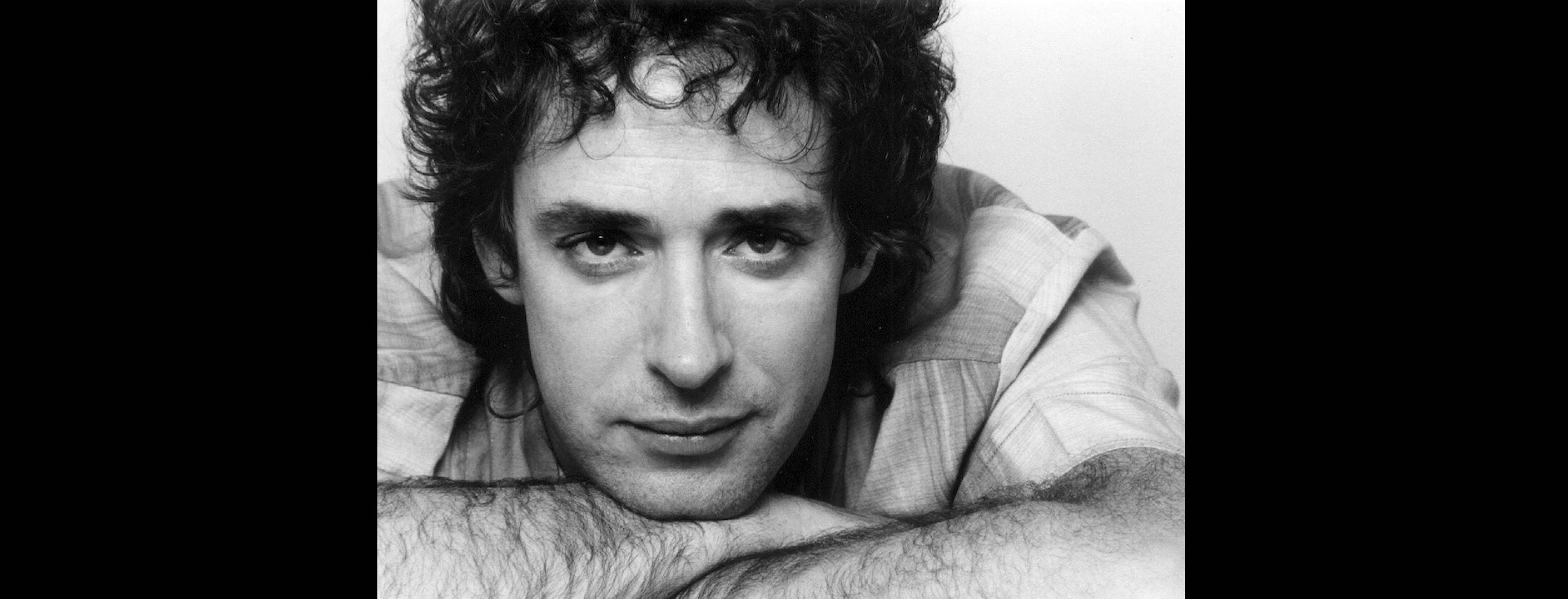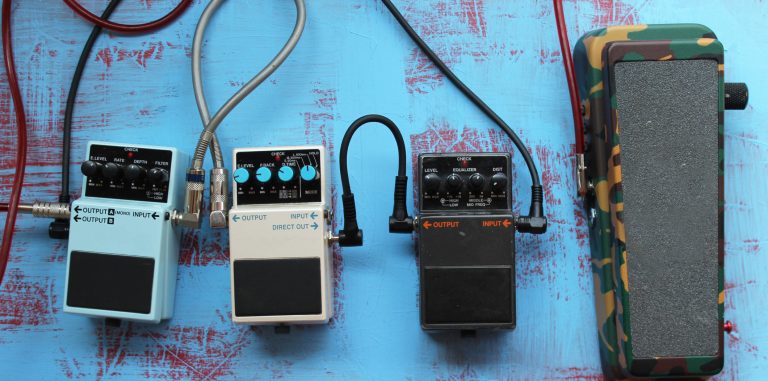
The Transcendent and Vivacious Legacy of Soda Stereo’s Gustavo Cerati
One evening in 2012 during a stop in La Plata, Argentina on the Latin American leg of U2’s 360° tour, an inspired Bono looked out over the audience and exclaimed, “Don’t forget Gustavo Cerati!” The crowd of 60,000 fans immediately broke out into a standing ovation while Bono dedicated the band’s song, “Moment of Surrender” to Cerati—the beloved lead singer of Argentinian rock band Soda Stereo. It was an understandably emotional moment as Cerati had recently fallen into a coma with no end in sight. Bono’s touching tribute to the singer who passed away five years ago this month would be the first of many. Since then everyone from Shakira to Coldplay have taken time out of their tours to acknowledge Gustavo Cerati’s enormous talent for and impact on rock and roll.
For music fans everywhere, September brings with it the opportunity to look back at the incomparable legacy of Cerati—the proud Latin American alt-rocker whose global appeal helped bring international attention to the region’s music.
Known for his charisma, curiosity, and willingness to experiment, Cerati was born in Buenos Aires on August 11, 1959. A fan of rock and roll from the very beginning, he started playing guitar at the age of nine, citing Jimi Hendrix as a large influence. By 13, he had formed his first band. Other early inspirations included guitarist Luis Alberto Spinetta, of pioneering Rock Argentino band Almendra, and Andy Summers of The Police.
In 1982, just as Argentina was emerging from the shadow of decades-long political turmoil, Cerati formed Soda Stereo with bassist Héctor “Zeta” Bosio and drummer Charly Alberti. They released their eponymous first album two years later, with songs such as “¿Por qué no puedo ser del jet-set?” and “Sobredosis de T.V.,” tackling themes of class struggle and material culture with surprisingly infectious chord progressions and guitar riffs. But it was Nada Personal, their second album released the next year, that put them on the radar from the Rio Grande to the Río de la Plata, with the tracks “Juegos de seducción,” “Nada personal,” and “Cuando pase el temblor”—taking over airwaves, especially in Mexico, Chile, Uruguay, and Argentina.
After so much early success, Cerati decided to switch gears in 1992 and collaborate with Daniel Melero, his close friend and a member of the Argentinean techno-pop band Los Encargados. The result was Colores Santos, an album of dreamy, introspective tracks that recall the spacey, synthed-out sounds of British New Wave bands like New Order thanks to Cerati’s pioneering use of the now-iconic Akai MPC60 and Emax II samplers.
Cerati continued to experiment and stretched his curiosity even further on Soda Stereo’s sixth album, Dynamo. More shoegaze than traditional rock, the album represented a complete departure from the band’s previous work and marked a new moment in the ever-evolving Rock Argentino scene. Today, Dynamo is considered a core example of shoegaze’s signature woozy sound, often drawing comparisons to My Bloody Valentine’s Loveless, a touchstone of the genre.
By 1996, Soda Stereo had officially split, and Cerati threw his energy into electronic music and production. He created the ambient techno project Plan V with Chilean DJs Andrés Bucci, Christian Powditch, and Guillermo Bassard. Three years later, he released Bocanada, an ambitious album conceived as a musical journey straddling the lines between electronica and rock, and designed to be listened to in order, from start to finish.
Then in 2006, Cerati put out Ahí Vamos featuring the single “Crimen,” which to date is the artist’s most popular song on Spotify—with over 88 million streams. His next album, 2009’s Fuerza Natural, co-produced with award-winning producer Hector Castillo, was notable for its use of a mandolin and lap steel guitar. It had a more folk-oriented and peaceful sound—a fitting new direction for what would be Cerati’s final album.
Musical twists and turns were the defining element of Cerati’s career, and according to Chilean rock critic Paula Molina, it was this commitment to experimentation and to techniques from other genres that he then infused back into his own music that made him so popular. Now, as we reflect on Cerati’s legacy what comes into focus was his remarkable ability to make music that transcended genres and crossed borders—music for all Latin Americans. As fellow Argentine rockstar Andrés Calamaro put it, “millions of people will mourn [Cerati’s] absence, but always remember his songs that changed Latin American music forever.”
In honor of his contribution to music and rock en español, check out this tribute playlist that honors the enduring legacy of Gustavo Cerati.










